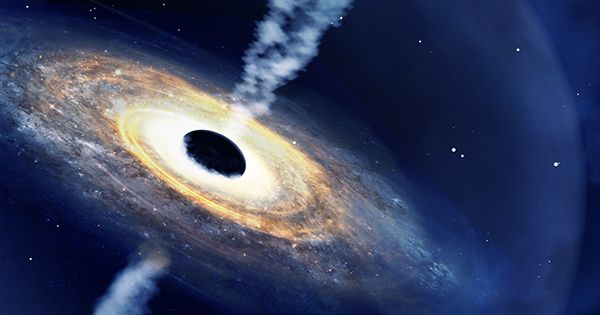The quarries are highly illuminated states that can achieve some supermassive black holes. If these giant cosmic objects were to go through a food exposure, they would begin to drop some material with such force that they could overwhelm their host galaxy. The galaxy collision could provide the fuel for the start of a cascade, and in rare cases, the quasars period will begin in the supermassive black holes in both galaxies.
Now, astronomers have made two pairs of chords – and these are by far the closest double chords seen in the distant universe. Explorations published in Nature Astronomy prove that thousands of light-years separate the black holes in each pair, and that the galaxies are in the process of synthesizing because they are so close to uniting. Light from quarries has traveled for at least 10 billion years, most of it 11.5 billion years ago. The pair has an estimated separation of 11,400 light-years.
“Our estimate is that in the distant universe, there is a double core for every one thousand squares. So finding these double quarters is like finding a needle in a haystack,” said Yue Shen, lead researcher at the University of Illinois at Urbana-Champaign, in a statement. The evolution of supermassive black holes coincides with the evolution of their host galaxy. This relationship is complex and driven by many factors, and understanding how these interactions unfold can be critical for our galaxy structure and evolution models.
Nadia Zakamska, a member of Johns Hopkins University’s research team, said: “This is the first sample of the galaxy’s top-of-the-line dual quartet of galaxy formation, which allows us to explore ideas about how supermassive black holes come together to form binary,” said Johns Hopkins University research team member, Nadia Zakamska Baltimore, Maryland. “Quasars have a profound effect on the formation of galaxies in the universe. It is important to look for dual quasars in this early age because now we can test our long-term ideas about how black holes and their host galaxies evolved together.” The observations made possible by ground observations such as the Hubble Space Telescope, the European Space Agency’s Gaia satellite, as well as the Sloan Digital Sky Survey and the Gemini North Telescope.














